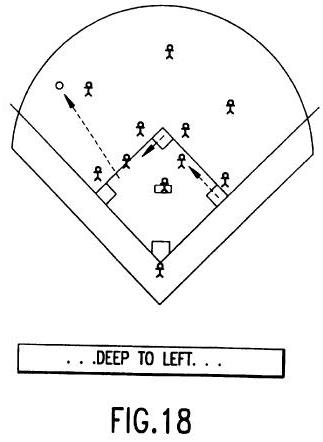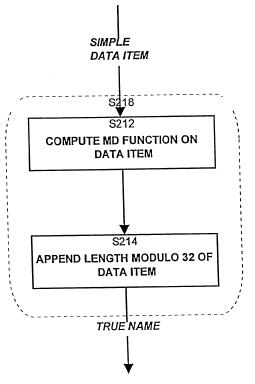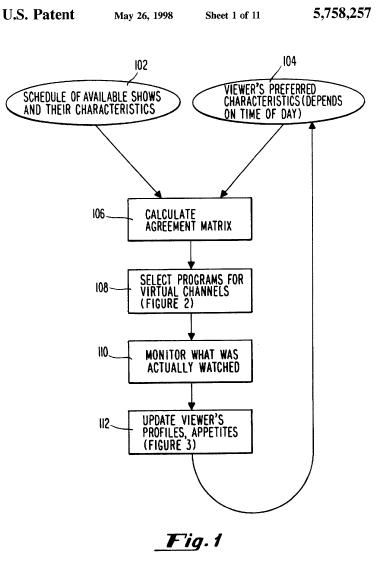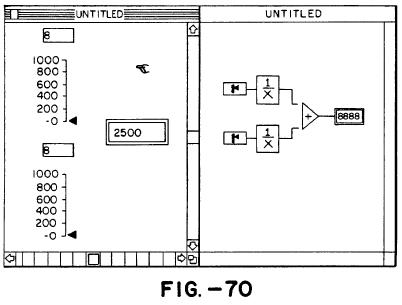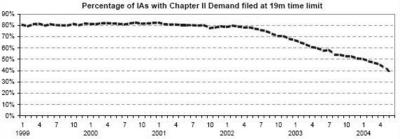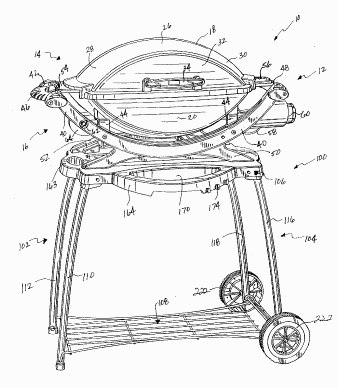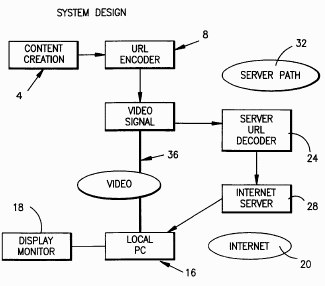In a landmark decision, a panel of eleven Federal Circuit judges has overruled their prior precedent, relieving accused patent infringers of the feared "Quantum Dilemma."
Willful patent infringement brings with it the potential for treble damages (3x), usually resulting in multi-million dollar awards. (35 USC § 284). Prior cases have held that an important factor for determining willfulness is whether the accused infringer obtained an opinion of counsel that presents a strong case for invalidation or noninfringement.
During litigation, presentation of the exculpatory opinion as evidence triggers broad waiver of attorney-client privilege. Under prior precedent, failing to present the opinion conversely leads the court to an inference that either the opinion was not exculpatory or that there was no opinion of counsel.
The modified Hobson’s choice is known as the Quantum Dilemma, based on the case of Quantum v. Tandon.
In their en banc decision written by Judge Newman, the appellate court held that no adverse inference should flow from a party’s refusal to present an exculpatory opinion of counsel.
We now hold that no adverse inference that an opinion of counsel was or would have been unfavorable flows from an alleged infringer’s failure to obtain or produce an exculpatory opinion of counsel. Precedent to the contrary is overruled.
The Case: KNORR-BREMSE v. DANA CORP. (Fed. Cir. 2004) (01-1357) (en banc).
Knorr-Bremse is a German company, but is the owner of a U.S. patent on Disk Brake technology. (U.S. Patent No. 5,927,445). Dana Corporation and other defendants were found liable for infringement. And, based on an inference of an unfavorable counsel, the defendants were found liable for willful infringement. Although no actual damages were awarded, because of the finding of willful infringement the court awarded partial attorney fees under 35 U.S.C. § 285.
During litigation, the defendants told the court that they had consulted European and United States counsel concerning Knorr-Bremse’s patents, but declined to produce any legal opinion or to disclose the advice received, asserting the attorney-client privilege. The district court found that "It is reasonable to conclude that such opinions were unfavorable."
The Decision:
In its decision, the Court answered four questions revolving around willfulness:
In the first question, the Court based its response on the strong historical significance of attorney-client and work-product privileges.
1. When the attorney-client privilege and/or work-product privilege is invoked by a defendant in an infringement suit, is it appropriate for the trier of fact to draw an adverse inference with respect to willful infringement?
The answer is "no." Although the duty to respect the law is undiminished, no adverse inference shall arise from invocation of the attorney-client and/or work product privilege.
In the second question, the Court found that there is no legal duty of a potential infringer to consult with counsel.
2. When the defendant had not obtained legal advice, is it appropriate to draw an adverse inference with respect to willful infringement?
The answer, again, is "no."
Question three revolved around the case at hand.
3. If the court concludes that the law should be changed, and the adverse inference withdrawn as applied to this case, what are the consequences for this case?
As an answer, the Court vacated the willfulness finding and remanded for a redetermination of willfulness in the absence of the inference of a nonexculpatory opinion.
The final question, number four, offered the Court the opportunity to create a clear rule that mounting a substantial defense to infringement should defeat a willfulness finding.
4. Should the existence of a substantial defense to infringement be sufficient to defeat liability for willful infringement even if no legal advice has been secured?
The answer is "no."
The Court concluded that willfulness involves a "totality of the circumstances" and should not be limited to a per se rule.
The Dissent:
Dissenting in part, Judge Dyk argued that enhanced damages for willfulness are punitive damages. Punitive damages are awarded to "punish reprehensible behavior." As such, there is a "substantial question as to whether the due care requirement is consistent with the Supreme Court cases holding that punitive damages can only be awarded in situations where the conduct is reprehensible. … I would recognize that the due care requirement is a relic of the past and eliminate it as a factor in the willfulness and enhancement analysis."
Note: Paul Berghoff and Joshua Rich of McDonnell Boehnen Hulbert & Berghoff took part in an amicus curiae brief submitted by the Intellectual Property Owners Association.
According to Dan Boehnen, also of McDonnell Boehnen, "clients often spend thousands of dollars to obtain window-dressing opinions that are designed solely to defend against a charge of willful infringement. Also, clients sometimes feel compelled to have different law firms handle opinion work versus litigation work. All that artificial conduct is likely to be swept away by the Court’s recent decision."
Cite as Dennis Crouch, Landmark Decision Strengthens Attorney-Client Privilege, Patently-O, September 14, 2004 available at https://patentlyo.com.





